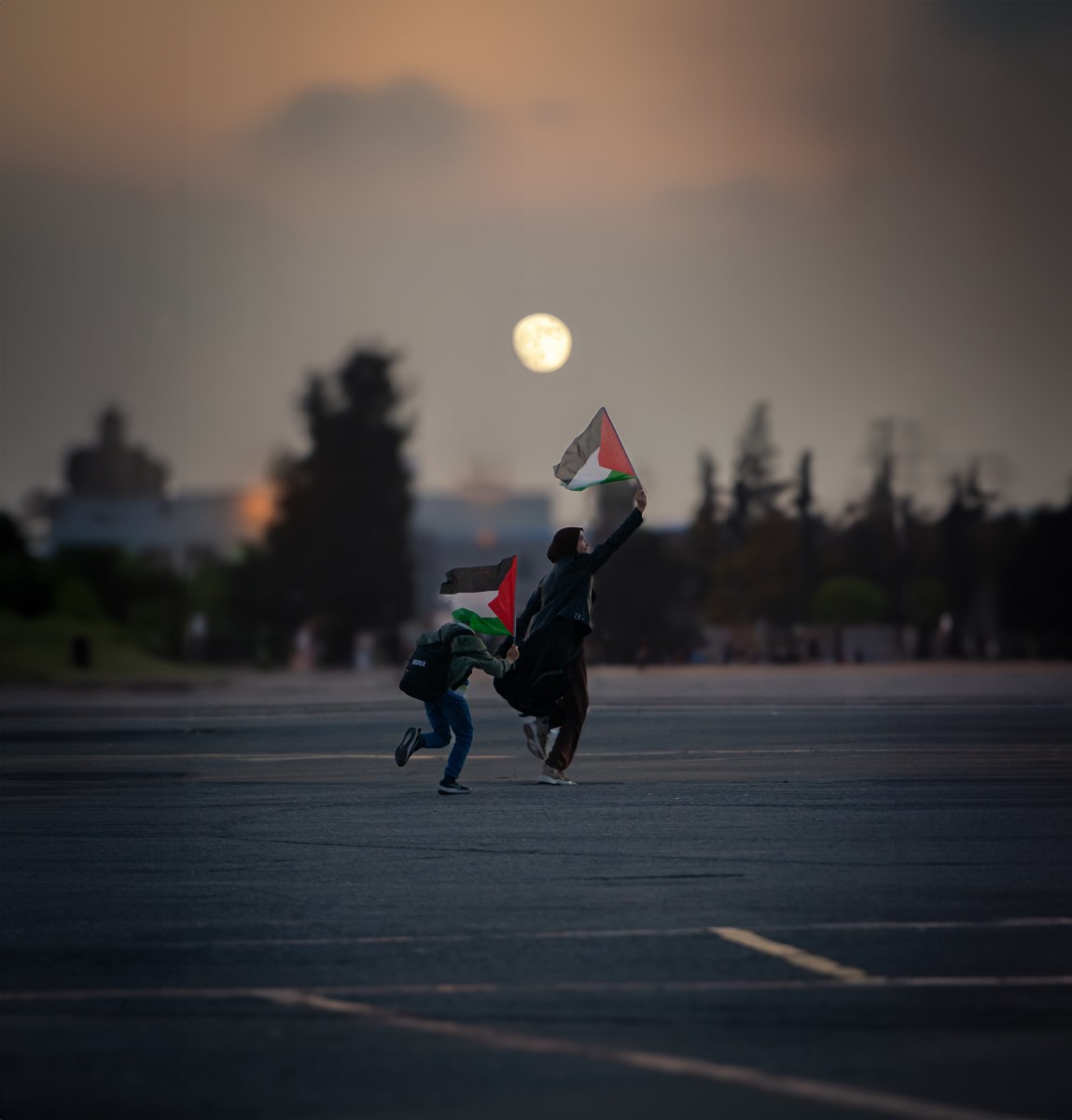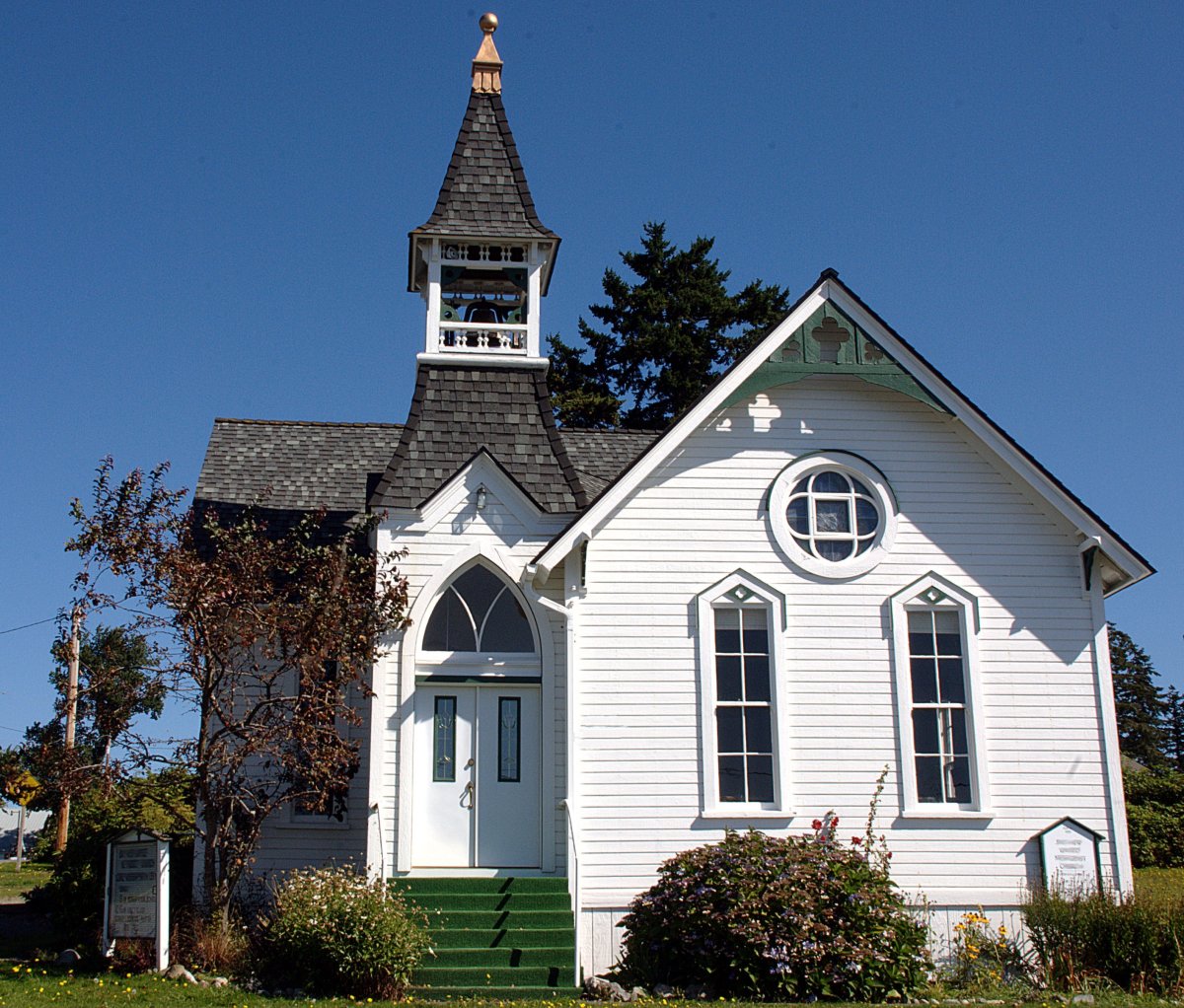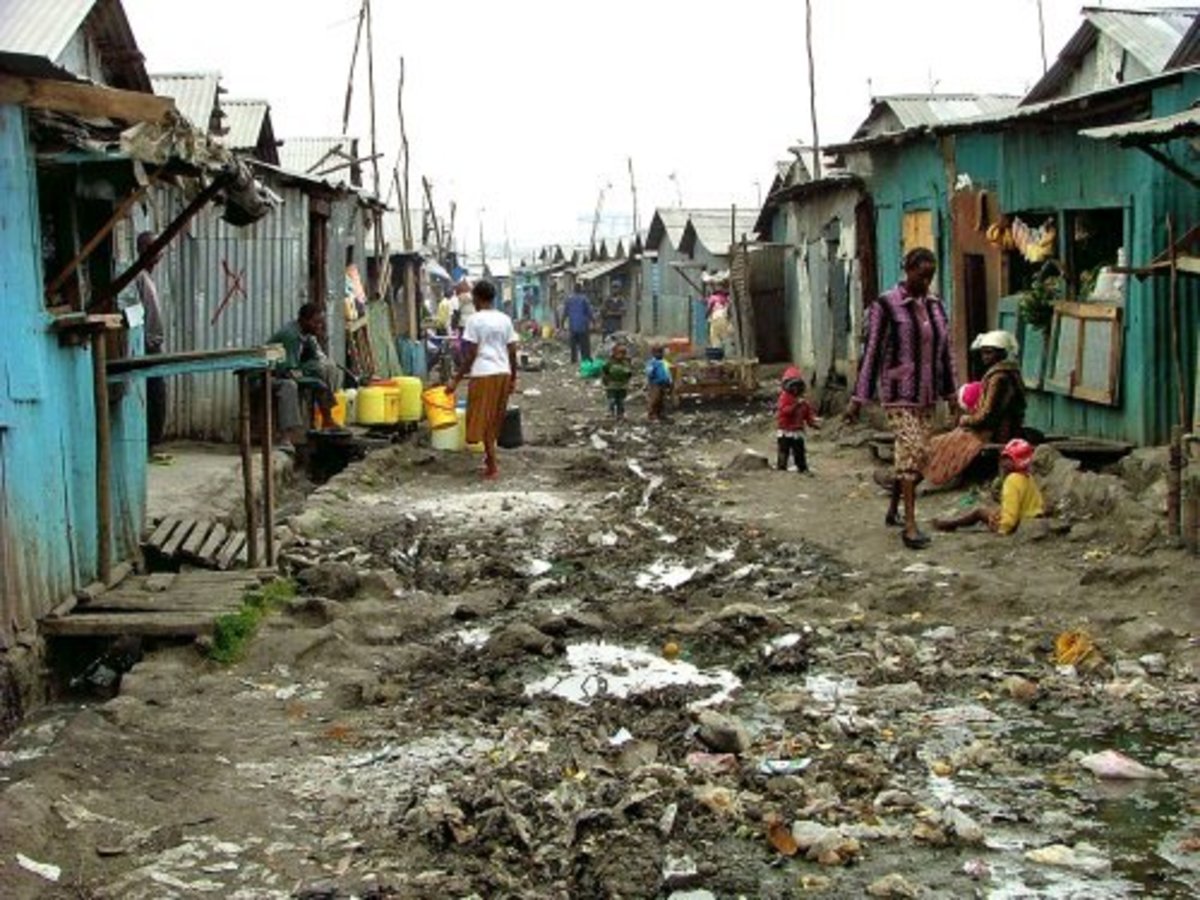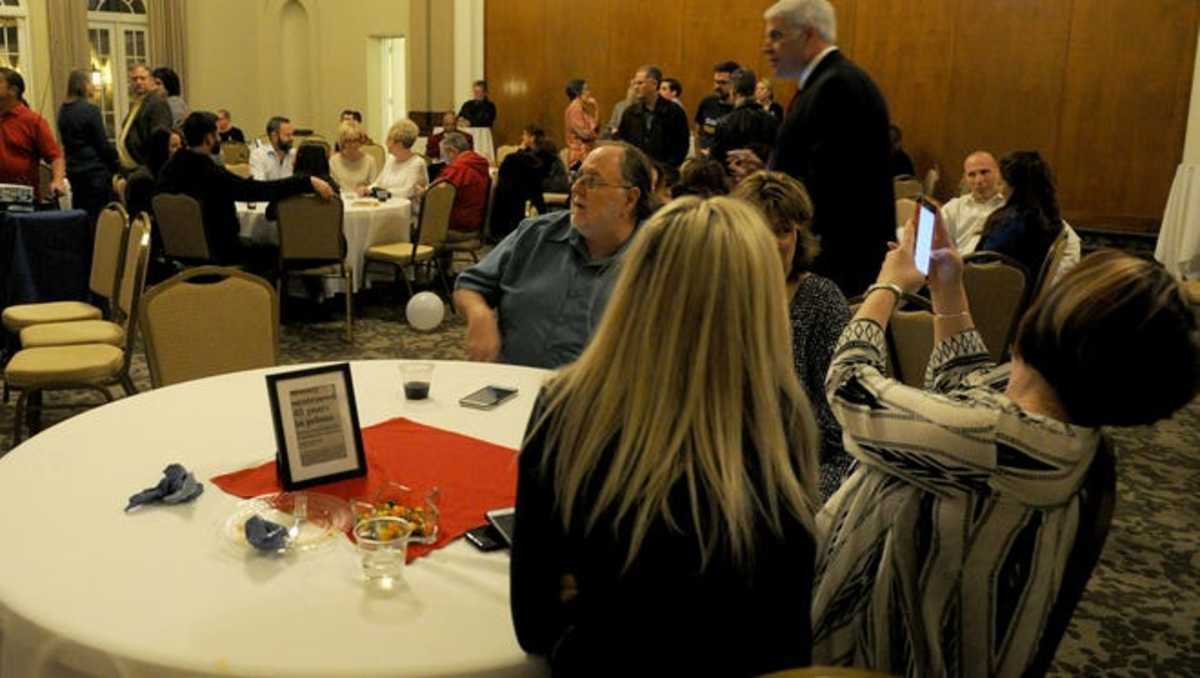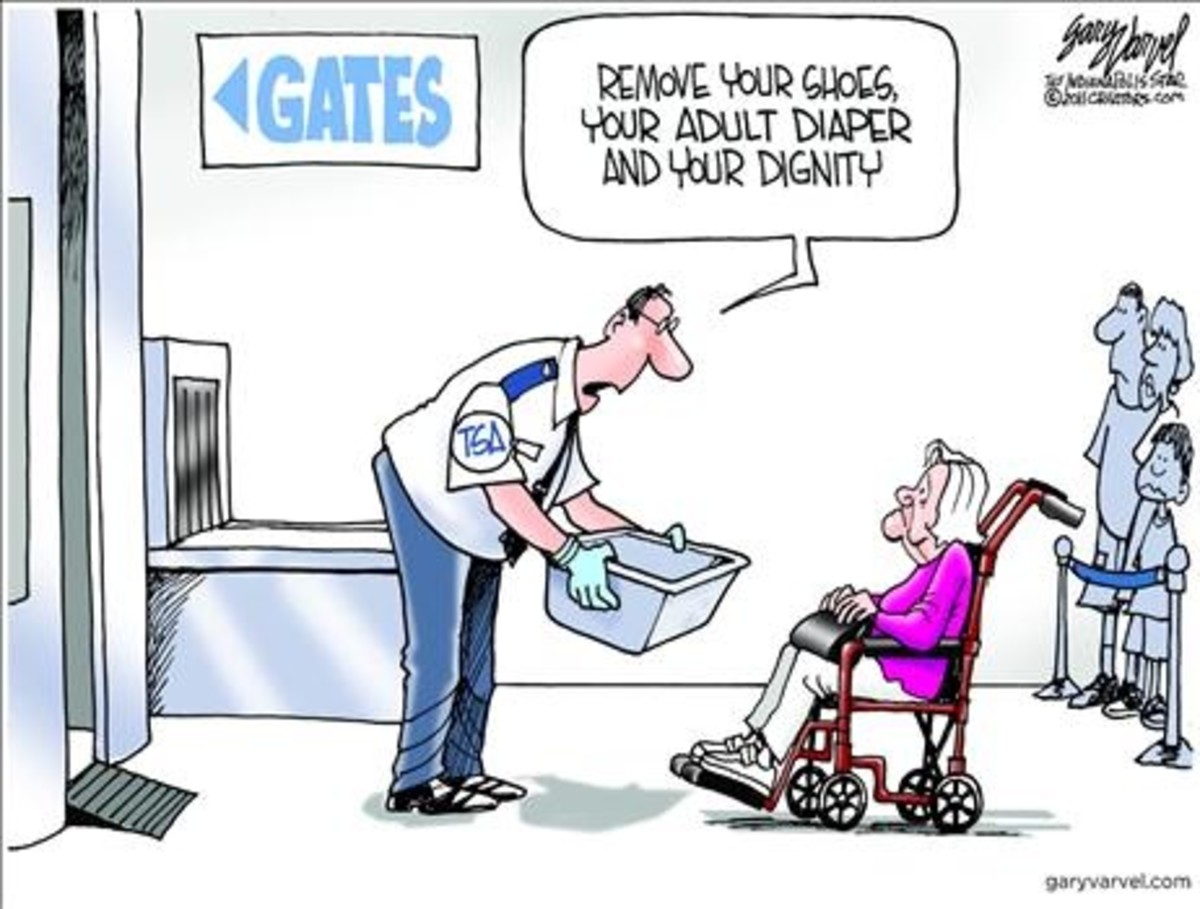Police Brutality in the US: An Enduring Problem [Part 1 of 2]
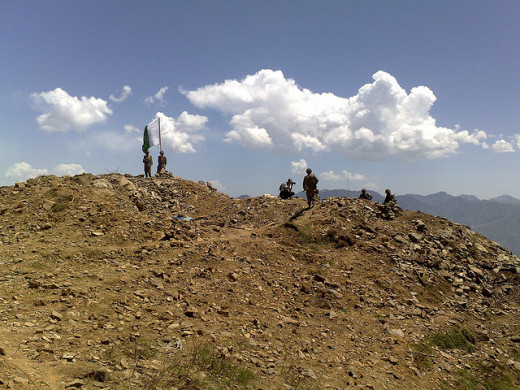
One of Many; One is too Many
A bedraggled, obviously confused man stands at the top of the hill on the outskirts of Albuquerque, New Mexico, dozens of police in full body armor and assault gear surrounding him. Rifles at their shoulders, they shout at him from a distance to drop his weapons and raise his hands. After five hours of negotiation from the hilltop, he agrees with their request to leave his campsite. Suddenly, a flash grenade flies through the air, exploding at the man’s feet. A disorienting blast of light resonates through the air and the man turns his back to police with his arms raised. As he turns, an officer fires his weapon three times, hitting his target in the arm and back. Surrounding the fallen man in a semicircle, the police close in, weapons still at the ready. They shout at the man to place his arms behind his back and to drop his weapons, but he doesn’t comply. Instead, he wheezes on the ground, blood oozing from his wounds as he tries to breathe. Inexplicably, police fire another three times at the man, this time with a shotgun loaded with beanbag shells. Unsurprisingly, he still doesn’t comply. Following the shotgun blasts, a K-9 unit is released and starts to tear at the man’s leg. This elicits no response but further wheezes and moans. Satisfied, the officers close in, stepping on the man’s limbs while cuffing his arms behind his back (Jennings). Police brutality is out of control in the United States, resulting in a shockingly pointless loss of life, torture, and enormous waste in taxpayer-funded settlements.
That man’s name was James Boyd. He wasn’t a terrorist, a hardened felon with a hostage, or a vicious maniac with a criminal record. He was a mentally ill homeless man who committed the crime of illegally camping on deserted Federal park grounds. His weapons consisted of a pair of small camping knives. They posed absolutely no threat to the men in blue shrouded in body armor, armed with assault weapons, and standing dozens of feet away. The entire incident was caught on camera from a police body cam posted online; there are no other details or pertinent facts beyond those described. Boyd died the next day, despite undergoing intensive surgery to remove his spleen, arm and part of his intestines. His death shocked the nation in March of 2014, and is just one of countless other examples of American police overstepping their bounds (Jennings). A statistic, an error in judgment, a necessary evil in the line of duty: human life is increasingly becoming trivialized by keepers of the peace.
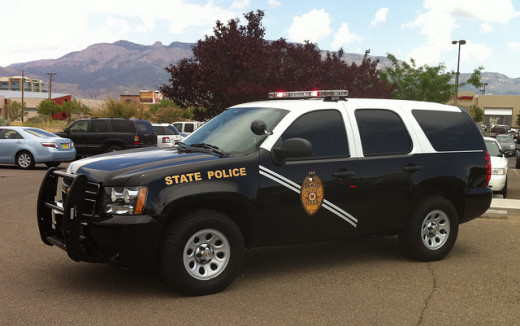
To Serve and Protect?
In 2011, the FBI reported that 404 civilians were killed by police in “justifiable homicides”. In the same year, German police killed six people. Encounters with cops in the UK and Wales have slain two. Indeed, in the last year, UK police haven’t recorded a single shooting fatality, and officers have fired their guns on a grand total of three occasions. (Winsor) Americans are being killed by the very people tasked with protecting them. According to a U.S. Justice Department study, 84% of police admit to witnessing colleagues use excessive force on civilians (Kristian).
American police don’t just overstep their bounds in unjustifiable homicide, however. Allegations of torture have arisen in Chicago, where Mayor Rahm Emmanuel recently issued an apology over alleged torture incidents, calling them a “stain on the city’s reputation” and “a dark chapter in the history of the city of Chicago” (Guarino). Chicago’s City Council has approved a $12.3 million settlement for another two plaintiffs who brought more accusations of torture against disgraced former police commander Jon Burge. (Wisniewski) Prosecutors accused Burge of leading the “Midnight Crew”, a rogue band of cops that operated between 1972 and 1991 (Guarino) So far, settlements involving Burge have accumulated to roughly $85 million, with accusations of coerced confessions via electric shocks, mock executions and beatings (Wisniewski) spanning 20 years and approximately 120 victims (Guarino). Things are so bad that U.N. Committee Against Torture found the US to be failing in its compliance of an international anti-torture treaty, and in its report the committee expressed particular concerns over the Chicago Police Department (Heilprin). Torture and coerced confessions are yet another consequence of America’s rogue police.
![[Military] police? [Military] police?](https://usercontent1.hubstatic.com/12311524_f520.jpg)
Is police brutality a problem in the US?
Dollars and Cents
America’s rogue police don’t just cost lives and destroy human dignity, but waste colossal sums of taxpayer money. While Chicago’s Midnight Crew has cost the city $85 million, brutality related lawsuits have cost the city over half a billion –$521 million – in the past decade. In just 2013, Chicago paid out $84.6 million – over triple the amount budgeted - in settlements, legal fees and other expenses. (Shaw) As the Chicago Sun-Times puts it:
“That’s a huge expenditure for a city with billions of dollars in unfunded pension obligations, and a budget crisis severe enough to force mental health clinic shutdowns, reduced library hours and higher fees for water, parking and other services…[A]t a time when Mayor Rahm Emanuel is contemplating painful tax and fee increases to deal with the pension crisis, the budget impact of police misconduct is huge. The half-billion spent on these cases could have built five state-of-the-art high schools and more than 30 libraries, repaved 500 miles of arterial streets, or paid off a big chunk of the pension bill.” (Shaw)
Chicago is far from the only city paying out enormous sums of taxpayer money in brutality lawsuits. Los Angeles, with a similarly sized police force, doled out $20 million in brutality claims last year. Philadelphia spent $9 million. These figures pale, however, to New York’s staggering $152 million in last year. (Shaw) Police brutality doesn’t just result in needless death and human suffering, but an unbelievable waste in taxpayer dollars.
Waste of life, crimes against humanity, gross waste of government funds: this is all a direct result of police brutality in America. Reforms and legislation need to be passed immediately to help put an end to this travesty. As Shaw concludes about the code of silence that helps enable rogue police, “…it’s intolerable, unaffordable and in desperate need of major reform.” (Shaw)
Author's note: this is the first of a two-part series, the second being Police Brutality in the US: The Solution [Part 2 of 2]
Should police be equipped with military equipment such as tanks bomb resistance humvees?
Sources
Winsor, Ben. "Here's One Theory About Why Cops In America Kill So Many
People." Business Insider. Business Insider, Inc, 23 Aug. 2014. Web. 9 Dec. 2014.
Kristian, Bonnie. "Seven Reasons Police Brutality Is Systemic, Not
Anecdotal." The American Conservative. 1 July 2014. Web. 9 Dec. 2014.
Guarino, Mark. "Disgraced Chicago Police Commander Accused of Torture
Freed from Prison." Theguardian.com. The Guardian, 1 Oct. 2014. Web. 9 Dec. 2014.
Wisniewski, Mary. "Chicago Police Torture: Mayor Rahm Emanuel
Apologizes, Says 'Let Us Now Move On'" The Huffington Post. TheHuffingtonPost.com, 12 Sept. 2013. Web. 9 Dec. 2014.
Heilprin, John, and Becky Schlikerman. "UN Panel Singles out Chicago Police
in US Torture Condemnation." Chicago Sun-Times. 1 Jan. 2014. Web. 9 Dec. 2014.
Shaw, Andy. "City Pays Heavy Price for Police Brutality." Suntimes.com.
Chicago Sun-Times, 1 Apr. 2014. Web. 9 Dec. 2014.
Jennings, Trip. "Protesters Cite New Details of Albuquerque Polaice
Shooting as Reason for Rally." The New York Times. The New York Times, 3 June 2014. Web. 9 Dec. 2014.
© 2015 Nu Vew

